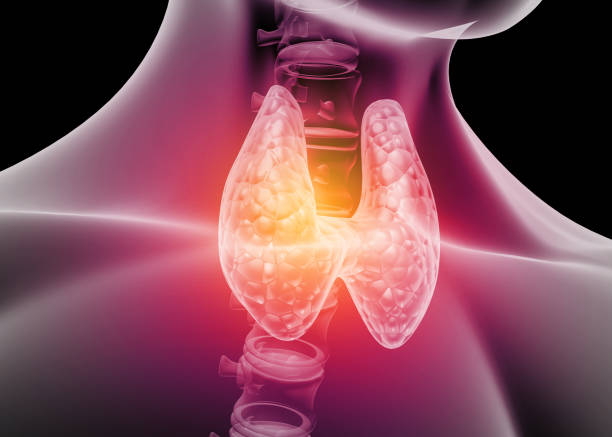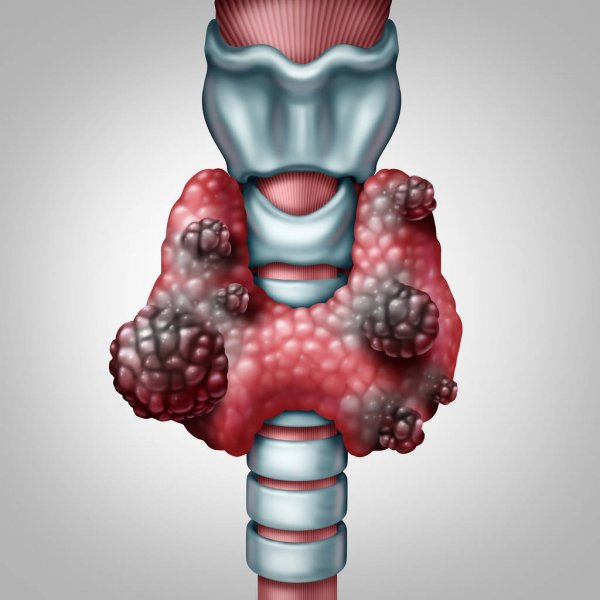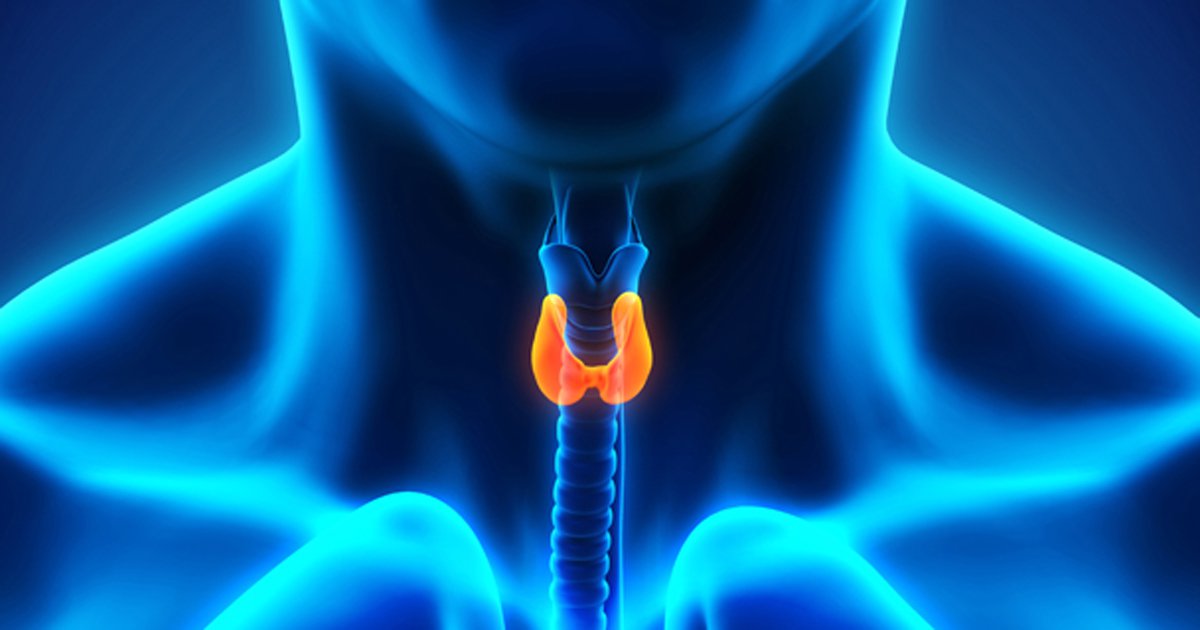In this blog, I like to discuss thyroid cancer and the benefits of Fucoidan. Recently, thyroid cancer is one of the most rapidly increasing cancers in the US. As per the American Cancer Society studies, about 44,280 new cases of thyroid cancer (12,150 in men and 32,130 in women) were estimated in 2021.
The thyroid is a butterfly-shaped gland located low on the front of the neck and is a hormone secretory organ. It plays an essential role in regulating systemic metabolism and promoting growth.

Thyroid cancer can be classified into three categories according to pathological categories such as papillary thyroid cancer, follicular thyroid cancer, and undifferentiated thyroid cancer. The papillary thyroid cancer accounts for 90% and is often seen in 40-50 years older women and tends to progress very slowly.

Also, 5% of thyroid cancers classified as follicular thyroid cancer are found in older people more than papillary thyroid cancer due to ease of metastasis by blood flow.
Additionally, studies have proven that Fucoidan, a sulfated polysaccharide obtained from brown algae, has many physiological activities, and its anticancer activity has also attracted attention.
So the purpose of the study “Antitumor activity of fucoidan in anaplastic thyroid cancer via apoptosis and anti-angiogenesis” by Hong-Yan Shen et al. was to explain the anticancer effect of Fucoidan on follicular and papillary carcinomas, which estimate for the majority of thyroid cancers.
First, we had used human thyroid follicular cell FTC133 and papillary cancer cell TPC1 added Fucoidan into the culture, and measured the viability of cancer cells. As a result, the addition of Fucoidan at a concentration of more than 4µM to FTC133 significantly reduced the survival rate of cancer cells. (Fig 1)
Also, the survival rate of TPC1 was decreased by adding more than 8µM of Fucoidan as well. (Fig 1)
Following this, in order to evaluate the mechanism of apoptosis by Fucoidan, the expression of the apoptosis-inducing molecule was examined using FTC133 cells. As a result, expression levels of Bax, cleaved PARP, and caspase-3 were increased, and the expression of Bcl-2 was decreased in the FTC133 cells treated by fucoidan (Fig 2 A).
Thus, Fucoidan led to the apoptosis of FTC133 cells. The fucoidan-induced apoptosis was indicated by DNA strand breakage.
Besides, VEGF expression was also enhanced under the hypoxic condition, and the treatment with Fucoidan decreased his hypoxia-induced expression of VEGF. The result from the tube formation assay revealed that the formation of the vessel-like structure was suppressed following treatment with Fucoidan. That is why tube formation and the migration of cells were inhibited by Fucoidan, suggesting that Fucoidan is extremely helpful for treating thyroid cancer.

Figure 1. – Cytotoxic effects of fucoidan on (A) FTC133 and (B) TPC1 ATC cells. Cytotoxic effects were measured using a CCK-8 cell proliferation kit. Following incubation for 24 h, the ATC cells were treated with varying concentrations of fucoidan. Following incubation for 48 h, the cells were treated with CCK-8 solution. Results are expressed as the percentage of cell proliferation relative to the control, and data are presented as the mean ± standard deviation. *P<0.05; **P<0.01 compared with the control. ATC, anaplastic thyroid carcinoma; CCK, Cell Counting Kit-8.

Fig. 2
